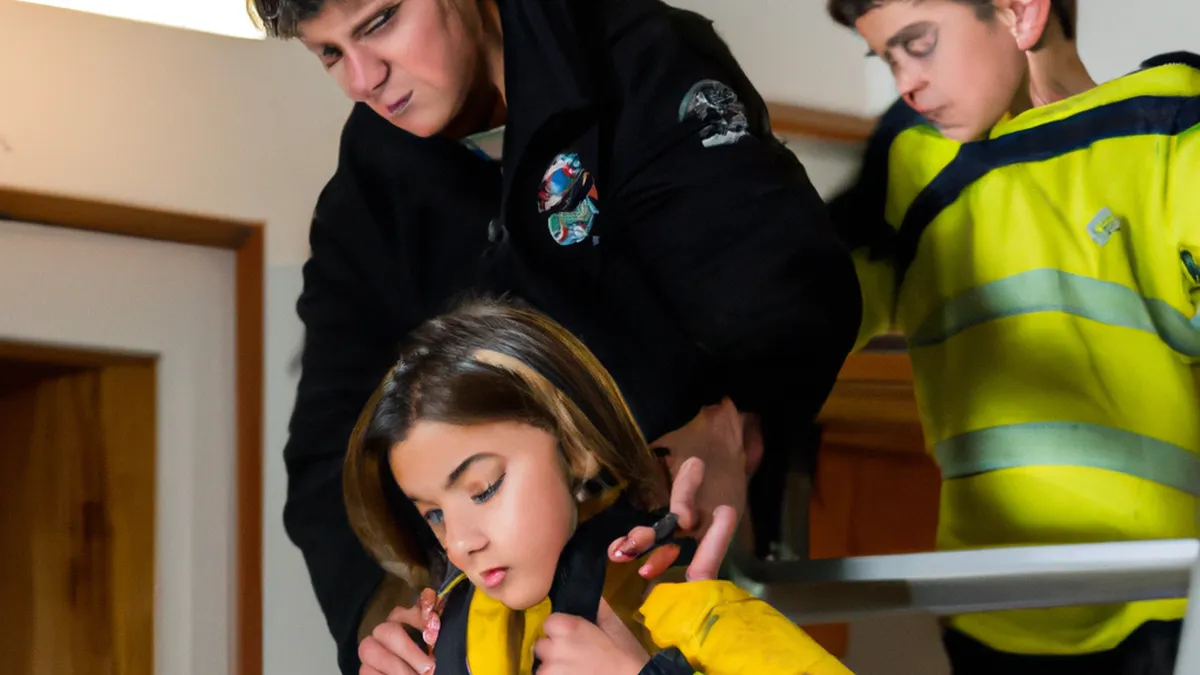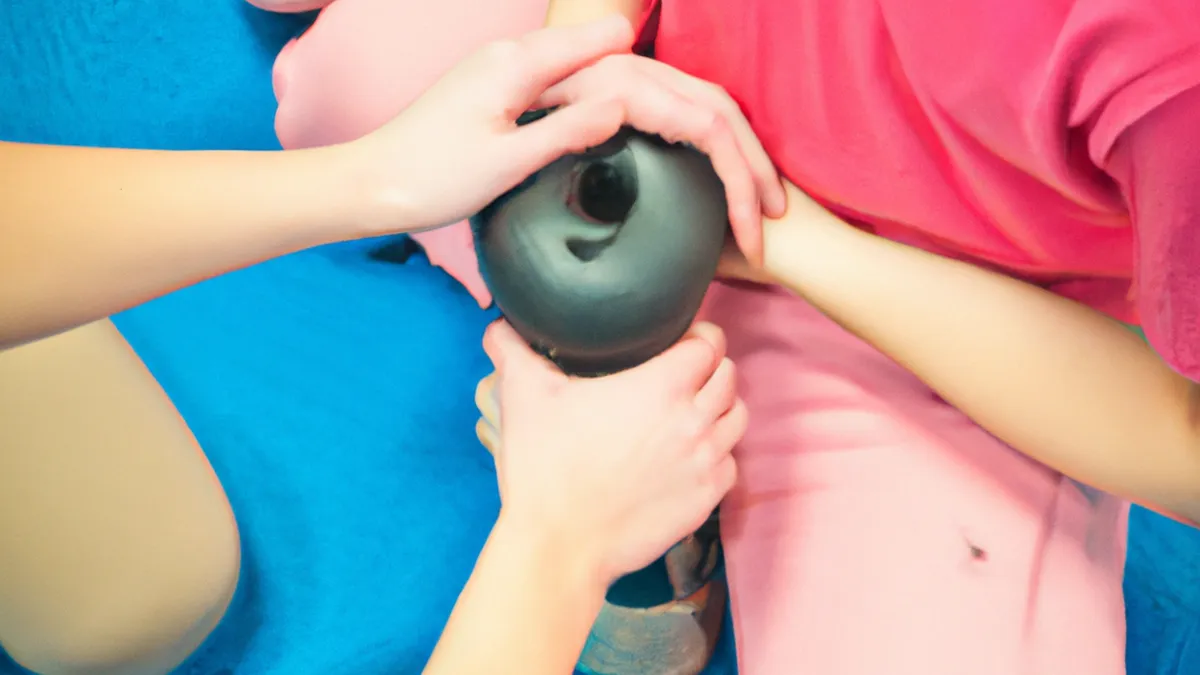Simplifying First Aid for Young Players
Adapting First Aid Techniques for Youth Sports
As an Amazon Associate I earn from qualifying purchases.
Gear tip: consider instant ice packs, Young and sport sunscreen to support this workout.
Youth sports keep kids active and teach teamwork. Injuries can happen, so preparation is crucial. Adapting first aid techniques for young athletes can make a significant difference. This guide offers practical tips to keep young athletes safe.
Understanding Common Injuries in Youth Sports
Kids often sustain injuries while playing sports. Common injuries include sprains, strains, and fractures. Falls, collisions, and overexertion usually cause these injuries. Recognizing them early helps prevent further damage.
Sprains and Strains
Sprains occur when ligaments stretch or tear. Strains happen when muscles or tendons stretch too far. Both injuries cause pain, swelling, and limited movement. Quickly assess the severity of these injuries.
Cuts and Abrasions
Cuts and abrasions frequently occur in contact sports. While these injuries may seem minor, improper treatment can lead to complications. Always clean wounds to prevent infection.
Fractures
Fractures can be serious and need immediate attention. Look for signs like swelling, severe pain, or inability to move the area. Seek medical help promptly in these cases.
Tips for Providing First Aid in Youth Sports
Use specific techniques when providing first aid to young athletes. Here are essential tips:
Use the R.I.C.E. Method
For sprains and strains, follow the R.I.C.E. method: Rest, Ice, Compression, and Elevation.
1. **Rest:** Encourage the athlete to stop playing.
2. **Ice:** Apply ice wrapped in a cloth for 15-20 minutes.
3. **Compression:** Wrap the injured area with an elastic bandage, but not too tightly.
4. **Elevation:** Keep the injured area above heart level.
This method reduces swelling and pain effectively.
Be Calm and Reassuring
Kids may panic when injured. Stay calm and reassure them. Speak soothingly and explain your actions. This helps them feel safe and supported.
Adapt Techniques for Kids
First aid techniques for adults may not suit children. For CPR, use one hand instead of two for smaller kids. Adjust pressure and depth according to their size. Always follow updated pediatric first aid guidelines.
Advice for Coaches and Parents
Coaches and parents play vital roles in youth sports safety. Here are key pieces of advice:
Get Certified
Consider getting certified in CPR and first aid for children. Many organizations offer relevant courses for youth sports. This knowledge empowers you to act quickly in emergencies.
Prepare a First Aid Kit
Keep a well-stocked first aid kit during practices and games. Include gauze, adhesive bandages, antiseptic wipes, and ice packs. Regularly check and restock your kit for readiness.
Educate Young Athletes
Teach kids about injury prevention and basic first aid. Encourage them to speak up about pain or discomfort. Understanding their bodies helps them stay safe while playing.
Benefits of Adapting First Aid Techniques
Adapting first aid techniques for youth sports provides several benefits:
Enhanced Safety
Proper first aid knowledge enhances young athletes’ safety. Coaches and parents who know how to respond can treat injuries effectively. This approach minimizes complications and promotes faster recovery.
Increased Confidence
When kids feel safe, they play with greater confidence. This confidence can improve performance and enhance their experience.
Better Communication
Teaching young athletes about first aid encourages open communication. They learn to express their feelings about injuries. This dialogue fosters a supportive environment where kids feel heard and cared for.
Conclusion
Adapting first aid techniques for youth sports ensures the safety and well-being of young athletes. Understand common injuries, utilize effective methods like R.I.C.E., and maintain a well-stocked first aid kit. Educating coaches, parents, and young athletes enhances their safety and confidence. Being prepared makes a significant difference in a young athlete’s experience. Stay informed, stay calm, and focus on fun and safety!
Below are related products based on this post:
FAQ
What are the most common injuries in youth sports?
The most common injuries in youth sports include sprains, strains, fractures, cuts, and abrasions. These injuries often result from falls, collisions, or overexertion during play.
How can I provide effective first aid for a sprain or strain?
For sprains and strains, use the R.I.C.E. method: Rest the athlete, apply Ice wrapped in a cloth for 15-20 minutes, use Compression with an elastic bandage (not too tightly), and Elevate the injured area above heart level. This approach helps reduce swelling and pain.
Why is it important for coaches and parents to get certified in first aid?
Getting certified in CPR and first aid for children empowers coaches and parents to act quickly and effectively in emergencies. This knowledge enhances the safety of young athletes and ensures that proper care is provided when injuries occur.















Post Comment